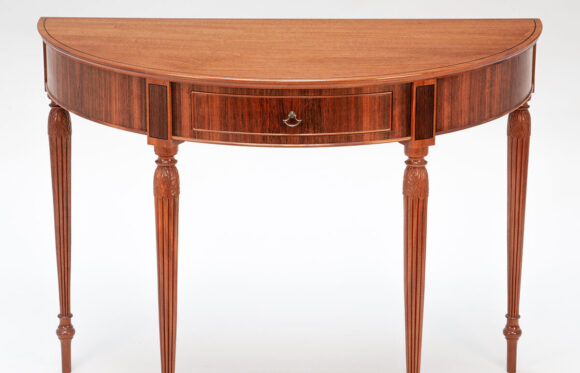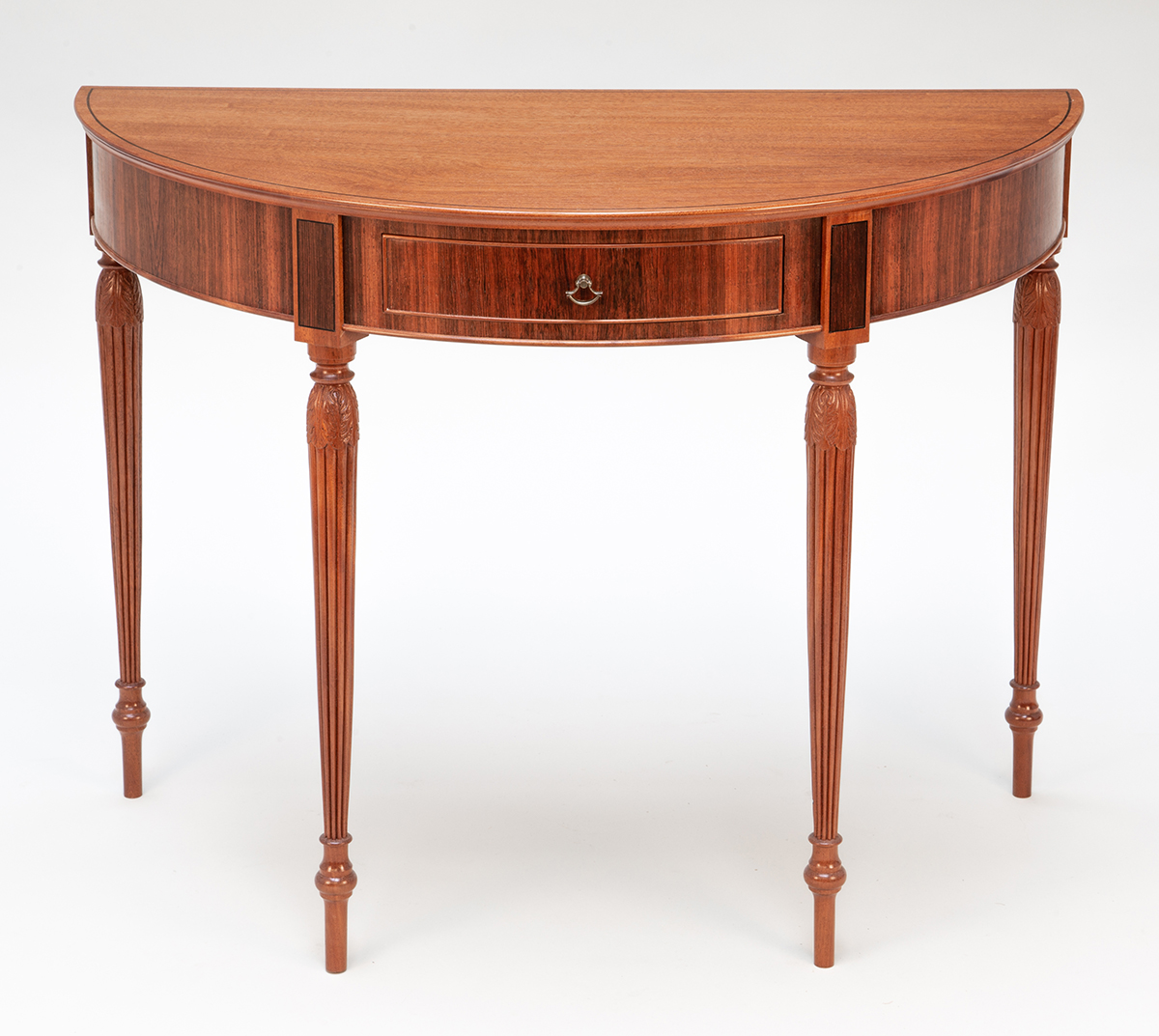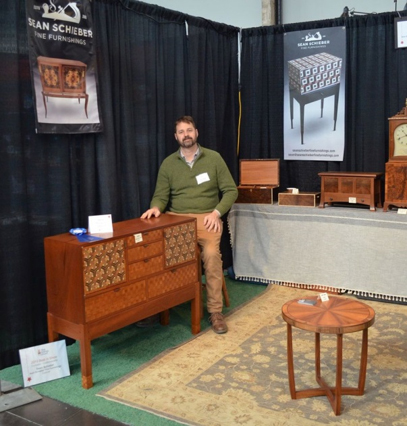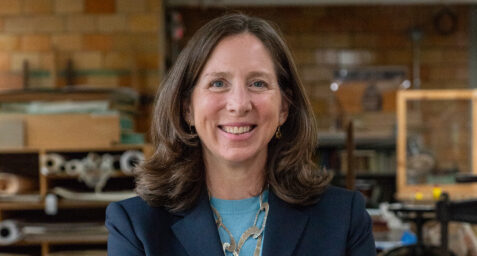How to Become a Master Furniture Maker

Categories
Cabinet & Furniture MakingFurniture is nearly as old as man himself. Almost as soon as we established permanent settlements, we started creating furniture. Some of the earliest examples were found in a prehistoric village dating from 3200 to 2200 BC on the Orkney Islands in Scotland, Skara Brae. Those Neolithic builders used stone (the only readily available material) to fashion dressers, beds, shelves, and more.

Since then, furniture has evolved to beautifully meld function and design. The Greeks and Egyptians have left us a few notable examples, including decorative stools, and chairs with carved legs, and beds with decorative footboards that also helped keep the inclined sleeper from slipping down.
We may not know those early furniture makers, but many of us have heard of later ones—American and European makers whose work appealed to the masses during their times, such as Thomas Chippendale, George Hepplewhite, and William Kent. Their elegant creations still endure today, and in the centuries or more since, have been joined by a range of styles from the Art Nouveau, Modernist, and Studio Furniture movements. Makers through the centuries have come to learn that function in furniture is not enough to capture attention. Furniture makers are more than technicians, they are artisans creating pieces that not only work for the user, but are made exceptionally well, and beautiful to behold.
At first glance, a fine piece of furniture can look almost impossible to make. How do you become a master furniture maker? Simply by starting. Historically, furniture makers were trained (like other trades) through long apprenticeships where students learned step-by-step from masters who had developed their own considerable skills in a similar arrangement, passing down all they had learned.
At NBSS, we respect the lessons of the past. Our highly experienced and passionate faculty members are experts in their field, eager to pass on what they’ve learned to the next generation of furniture makers, much like the master-apprentice model that has proven so successful. Our Cabinet & Furniture Making program has drawn students from every walk of life and background – veterans, former teachers, artists, men and women. Many have prior woodworking and furniture making experience, but many don’t.

Our two-year program starts by laying a solid skill foundation and emphasizing the precision and practice needed to master the basics. Our students work on a series of increasingly complex projects, starting with a classic Shaker nightstand that teaches them the fundamentals of hand- and machines woodworking. They then move onto our signature NBSS tool chest, which is a scaled down case piece that incorporates what they learned in the nightstand project and introduces new skills. Each subsequent project will build on the last, all focused on 18th and 19th-century Western furniture techniques. (With an education in these challenging designs, students are able to build furniture of any period or style they choose.)
NBSS students don’t stay in the workshop though. They get out into the community to visit prominent area woodworkers and view museum collections. Our students are encouraged to stretch themselves creatively and to experiment with new technique and design. Many have won awards for their furniture creations, but they all started in the very same place: behind an NBSS workbench.
So, where have our graduates gone? Can you make a living making furniture? The short answer is “yes.” Many of our alumni work at prominent furniture companies, or have opened their own studios. Others have taken their skills to diverse areas such as boatbuilding or designing and building homes. Wherever their training has taken them, the skills they mastered have served them well. To learn more about our alumni and what they’re doing now, check out some of their profiles.

